

Turn-based RPGs are being relegated to the “niche” side of gaming. With even hard-line hangers on, such as the Final Fantasy series moving to a more action based combat system (also the recent Dragon Age: Inquisition), the days of the combat that began with pen-and-paper being king are over, but that doesn’t mean that we should forget them.
It’s been a long road since the first Dragon Quest and Final Fantasy games, though. Developers have attempted a variety of different fighting systems to enhance their plot and give players the opportunity to utilize strategy and tactics to wage war on their enemies. However, the tried and true method of combat throughout the span of the RPG has been the same old “attack, wait for the enemy to attack, repeat” turn-based system.
These games, however, defied the norm and introduced new and exciting changes to RPG combat. Although today’s AAA titles are beautiful and fun, there’s plenty of entertainment to be had with these entries.
The first in a long-running series of games, Grandia is set in a world of fantasy and emergent technology. It’s not a radical departure from the standard turn-based JRPG (Japanese Role Playing Game) gameplay, but its battle system features a wonderful refinement of the real-time battle system that Final Fantasy made famous. When a fight starts, a bar is displayed on the screen featuring icons with each character’s and enemy’s face on them.
The icons will slowly slide from the area of the bar marked “wait” to the area of the bar labeled “com”. When the “com” area is reached, all action ceases and the character gets to choose an action. Then, once again the icons will start moving towards the part of the bar labeled “act” at which point the action occurs.
The stronger the move, the longer it takes between selection and action. If the enemy is waiting to attack after passing the “com” area, the player can retaliate with a critical or special move to cancel the enemy’s attack and force them back into the “wait” section of the time bar. It’s an interesting system, especially if you’re looking for a strategic combat system.
Grandia is available as a digital download from the PlayStation Store.
This critically acclaimed game is the follow-up to the hit 1995 JRPG Chrono Trigger. Instead of focusing on time travel like its predecessor, this game shows parallel worlds and just how important the life of one person can be. Unfortunately, there hasn’t been an entry in the series since this game, but it definitely is one game series that deserves a comeback.
Chrono Cross’s battle system utilizes a unique blending of the typical melee and magic (called Elements here) to create a very interesting twist on traditional JRPG combat. Each character has the option of using either weak, medium, or fierce regular attacks. They also have access to Elements, which take the place of magical spells.
A stamina gauge rounds out the combat system. If it is depleted, a character cannot attack again until it has been replenished by using guard for one turn. Weak attacks take less stamina than medium, which uses less than fierce.
The links between each aspect of the combat system makes Chrono Cross’s combat difficult to get used to, but very rewarding.
Chrono Cross is available as a digital download from the PlayStaion Store.
A sequel to the lesser-known game Koudelka, Shadow Hearts tells the story of Yuri Hyuga and his attempts to save the world from destruction. It’s become a cult classic and has spawned two sequels.
Everything in the combat system, from attacks and special moves to simple item usage are determined by the “Judgement Ring.” When an action is chosen, a needle will begin spinning around the ring, and the player must hit the right point on the wheel for the action to be a success.
For each action the needle and ring will appear differently. The needle may spin faster or slower and the ring may have more or less spots that equal success. In addition to all this, inside the spots there may be a smaller area that, if hit, can lead to a critical success which might make an attack more powerful or a healing item more potent.
The Judgement Ring system adds a bit of physical skill with the normal turn-based gameplay and is a fun addition to an otherwise quirky title.
Shadow Hearts is a bit pricey for a PS2 game and is not available on any other console so it may be wise to purchase it now before it becomes rarer, though you will need to find an actual disc.
This entry in the Wild Arms series introduced the Hex battle system. A series of hexes on the ground mark the battle field and characters and enemies move about them. Special moves and attacks typically will affect anything within one hex, so if you attack a hex, all enemies on it will receive damage, if you use a healing spell, all allies in a hex will be healed.
Magic is also a bit different in this game, and is influenced by colored hexes. Normally, your magic (termed “blast” in-game) is non-elemental. However, if you stand on a colored hex it will become the element of that hex.
Wild Arms 4’s combat is chess-like in application. Players must constantly vie for better positions on the hex grid. Movement is just as important as any other aspect of the fighting system, which is rare for a JRPG. Thankfully, it takes some of the tropes that we hate about JRPGs and turns them on their heads with a system like this one.
Wild Arms 4, like Shadow Hearts, is PS2 only, but is more affordable and widely available in retro game stores and online.
Known in Japan as It’s a Wonderful World, this game is a distinctive departure from traditional JRPG fare, and is certainly recognizable as the product of the same team that made Kingdom Hearts. It’s absolutely great for hardcore gamers who crave something with a little more substance on their mobile devices.
During battle you fight with two characters at the same time. Neku is controlled with the stylus on the bottom touchscreen. To combat enemies (Noise) on the bottom screen, you have to activate “pins” by utilizing different motions with the stylus.
The second character is controlled via the directional pad on the top screen. You must complete a directional-based card game to attack with this character. The game changes depending on the character you’re fighting as, but is fairly simple and intuitive regardless of who you use.
While all this is going on, there is also an energy puck passing between the upper and lower screens. The character who has the puck will hit harder and it is passed at the end of each character’s combo so players will want to build a rhythm of alternating between the screens for maximum damage.
It can seem a bit overwhelming controlling two characters at once with two different types of input. However, the gameplay is refined and fluid and in time it becomes second nature.
The World Ends With You is also widely available through its ports to iOS and Android, and finding a copy for the Nintendo DS isn’t too hard either, as it had a large print run.
This list is far from all-inclusive. However, these games are absolute classics, not only for their combat, but for their great plots, soundtracks, and design.
Do yourself a favor if you haven’t already, and experience these awesome pieces of gaming history!
Do you have a favorite RPG with a unique battle system? Comment below to let us know!

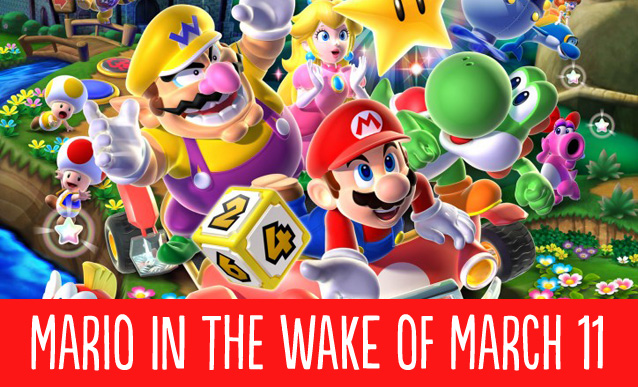
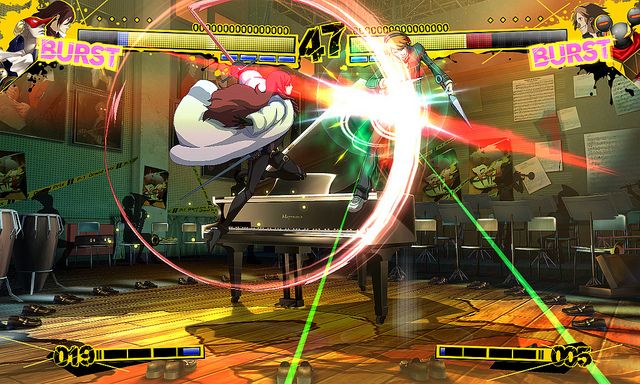

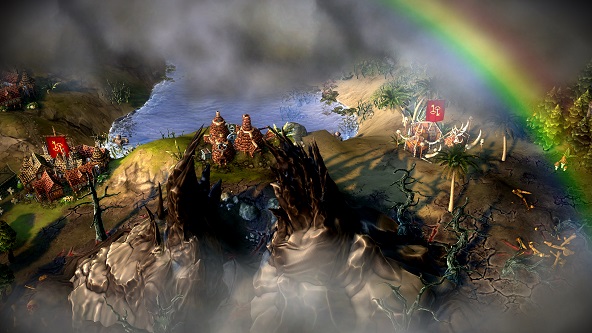 Eador: Masters of the Broken World Walkthrough
Eador: Masters of the Broken World Walkthrough Smite Guide: How to Get Started with Smite
Smite Guide: How to Get Started with Smite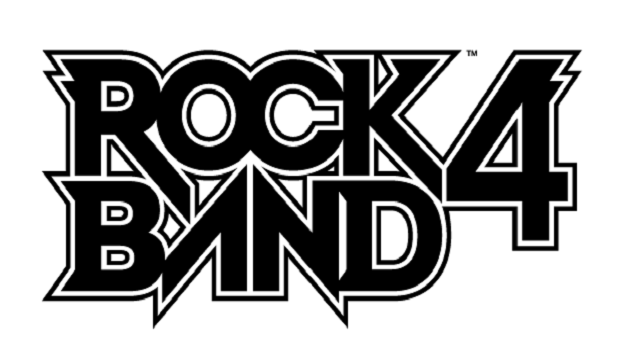 Rock Band 4 Wiki – Everything you need to know about the game .
Rock Band 4 Wiki – Everything you need to know about the game . Save Time by Creating Outlook Items Directly from Your Clipboard
Save Time by Creating Outlook Items Directly from Your Clipboard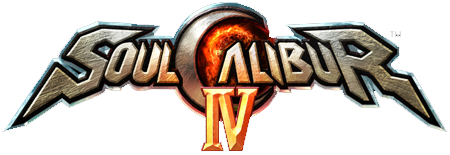 Soul Calibur IV Guide
Soul Calibur IV Guide